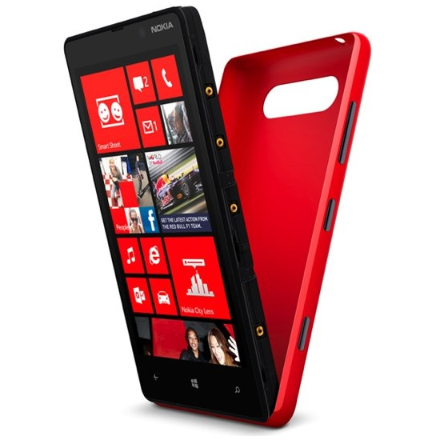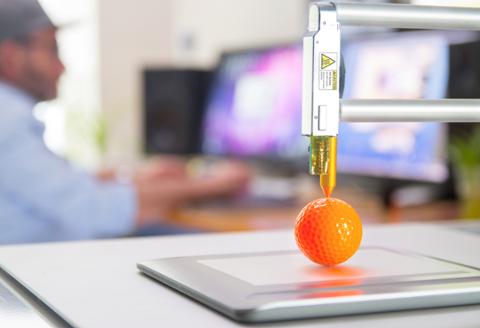If there’s one technology gaining a lot of hype these days, it’s 3D printing, which lets anyone with the right machinery quickly craft a solid object from a digital model. The 3D printer stacks layers of material in cross-section in order to produce the final product; you can make anything from jewelry to gun parts. For some time, Nokia’s relied on 3D printing to create rapid prototypes of smartphones in development. Now the Finnish phone-maker’s expanded its focus, with a new 3D printing community project that offers 3D templates, case specs, recommended materials and best practices for crafting a removable case for its flagship Lumia 820. In a corporate blog posting, John Kneeland, a Nokia Community & Developer Marketing Manager, suggested the company could one day take the whole process a big step further and release “some kind of phone template.” With that sort of thing in the wild, “entrepreneurs the world over could build a local business on building phones precisely tailored to the needs of his or her local community.” While the idea of printing one’s own smartphone at home does have a certain appeal, technological limitations stand in the way. For one thing, mobile devices feature all sorts of components—processors, batteries, and the like—that can’t exactly roll off a 3D printer. At least in the near term, those with a 3D printer might be limited to making cases, which they can perhaps integrate with prefabricated components. “You want a waterproof, glow-in-the-dark phone with a bottle-opener and a solar charger?” Kneeland added in his blog posting. “Someone can build it for you—or you can print it yourself!” One wonders how Apple’s mobile-device designers, with their focus on chic minimalism, would react to the sight of such a device (it would probably involve nausea and vomiting). Nonetheless, there is a subset of technologically skilled phone owners who would probably jump at the chance to craft a one-of-a-kind device. The rise of IT systems capable of storing and analyzing massive amounts of data has made all sorts of 3D modeling finally possible. Companies such as Autodesk have even begun taking design and engineering software into the cloud, giving engineers and others the ability to craft 3D production design without the need for local hardware. Image: Nokia


